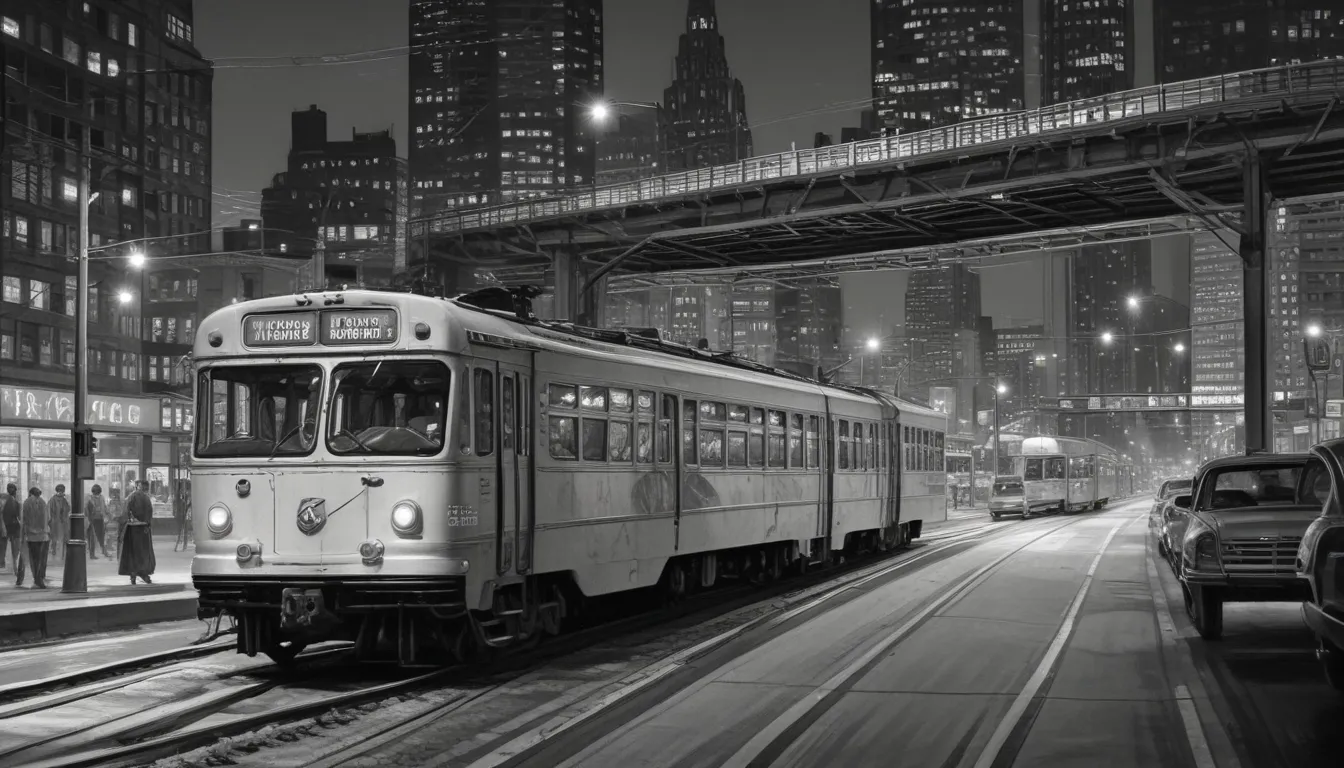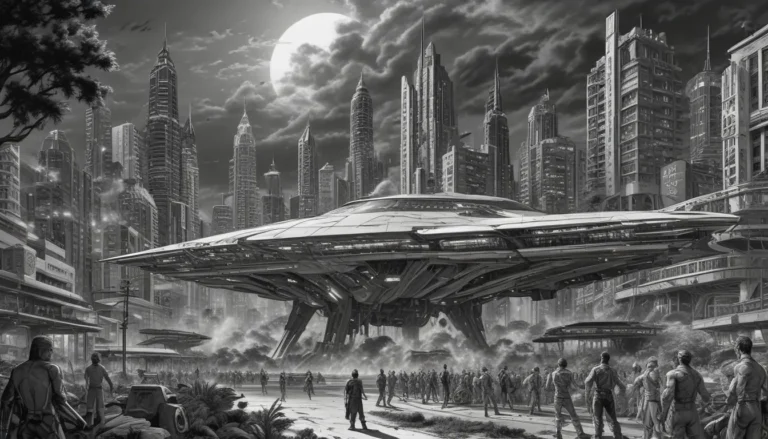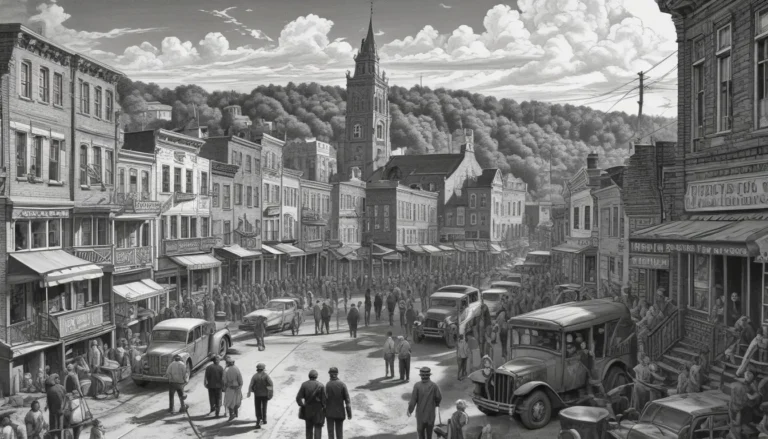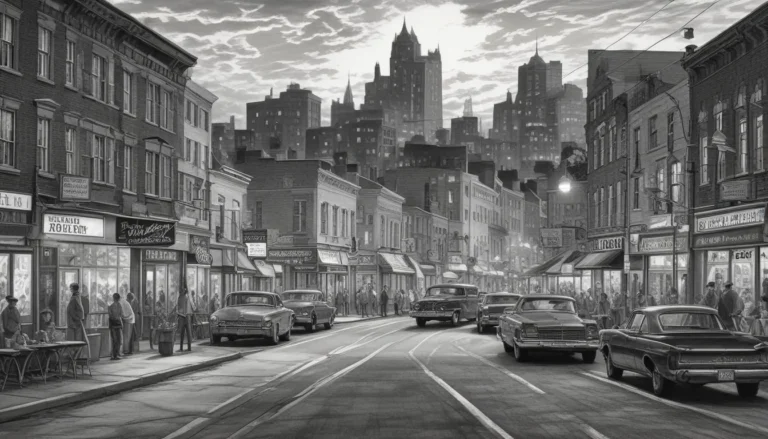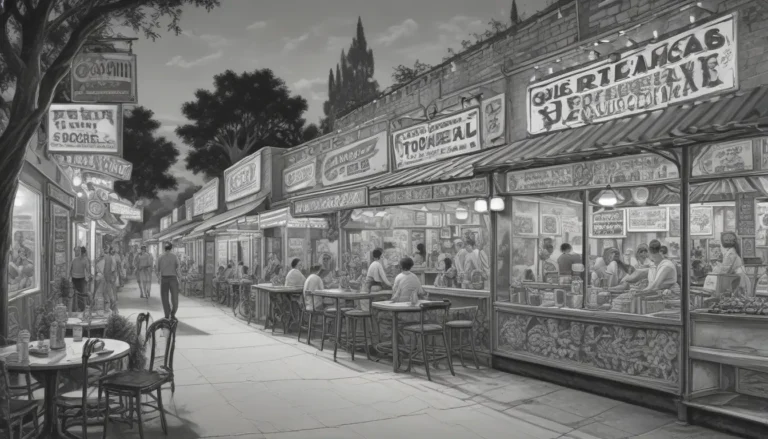The images in our articles are for illustrative purposes only and may not exactly match the content. They are intended to capture your interest and complement the text, not to replace it.
Welcome to the vibrant metropolis of Kansas City, Kansas, where rich history intertwines with a thriving economy to create a dynamic urban landscape. Amidst this bustling cityscape lies a network of transportation and infrastructure systems that serve as the backbone of growth and connectivity. From highways and railways to sustainable initiatives and iconic landmarks, Kansas City’s infrastructure reflects a commitment to progress and innovation.
Navigating the City’s Waterways: Kaw Point
Kansas City, Kansas, is home to Kaw Point, a historic site where the Kansas and Missouri Rivers converge. This confluence holds immense significance, shaping the city’s geography and providing a vital waterway for transportation and trade.
Highways and Byways: A Seamless Network
The city boasts an extensive network of highways, including Interstates 70, 35, and 635. These vital arteries facilitate seamless connectivity within the city and beyond, supporting the efficient movement of goods and people.
All Aboard: Railways as Economic Engines
Kansas City, Kansas, serves as a pivotal hub for railway transportation, thanks to its strategic location along major rail lines. The city’s railway infrastructure plays a crucial role in the transportation of goods, fostering economic growth and trade opportunities.
Sustainable Urban Mobility: The Kansas City Streetcar
The Kansas City Streetcar offers free, convenient transportation within the downtown area. This modern streetcar system provides residents and visitors with a sustainable and efficient mode of travel, enhancing connectivity and reducing traffic congestion.
Architectural Connectivity: The Lewis and Clark Viaduct
The Lewis and Clark Viaduct, a key bridge spanning the Kansas River, serves as a vital link in the city’s transportation network. This iconic structure facilitates the smooth flow of traffic, underscoring its importance in the city’s infrastructure landscape.
Industrial Epicenter: Fairfax Industrial District
Kansas City, Kansas, is home to the Fairfax Industrial District, a major center for industrial and logistical activities. This thriving district plays a pivotal role in the city’s economy, serving as a strategic location for warehousing, manufacturing, and distribution facilities.
Active Transportation Promotion: Biking and Walking Trails
The city’s infrastructure includes a comprehensive network of biking and walking trails, promoting active transportation and recreational opportunities. These trails not only offer a scenic way to explore the city but also contribute to a healthier and more sustainable urban environment.
Air Connectivity: Kansas City International Airport
The Kansas City International Airport serves as a vital gateway for air transportation, connecting the city to domestic and international destinations. This modern airport plays a pivotal role in facilitating business and leisure travel, bolstering the city’s connectivity on a global scale.
Economic Backbone: Argentine Industrial District
The Argentine Industrial District, with its industrial and commercial facilities, contributes significantly to the city’s economic landscape. This district serves as a cornerstone of industrial development, fostering job creation and economic prosperity within the community.
Environmental Resilience: Stormwater Management
The city’s infrastructure encompasses a robust system of stormwater management, ensuring effective flood control and water resource preservation. This critical infrastructure safeguards the city against flooding and supports sustainable water management practices.
Riverside Revitalization: A Hub for Leisure and Culture
The Kansas City, Kansas, riverfront area has undergone revitalization efforts, transforming it into a vibrant hub for leisure, entertainment, and cultural activities. These initiatives have revitalized the riverfront, creating a dynamic space for community gatherings and recreational pursuits.
Towards a Sustainable Future: Environmental Conservation
The city’s commitment to sustainable infrastructure is evident through initiatives promoting energy efficiency and environmental conservation. Kansas City, Kansas, continues to prioritize sustainable infrastructure practices, contributing to a greener and more resilient urban environment.
Conclusion: A City of Connectivity and Progress
In conclusion, Kansas City, Kansas, embodies a rich history and a thriving present, anchored by a robust transportation and infrastructure system that supports its growth and development. From its strategic location at the confluence of two major rivers to its commitment to sustainable initiatives, the city showcases a blend of heritage and innovation. With ongoing developments and a focus on enhancing accessibility and sustainability, Kansas City, Kansas, is poised to evolve further as a dynamic urban center with a well-connected and efficient transportation and infrastructure landscape.
FAQs
What are the key transportation modes in Kansas City, Kansas?
Kansas City, Kansas, features a diverse transportation network, including highways, railways, and waterways. The city’s strategic location and well-developed infrastructure facilitate the seamless movement of goods and people, contributing to its economic vitality.
How is Kansas City, Kansas, addressing sustainability in its transportation and infrastructure initiatives?
Kansas City, Kansas, is actively pursuing sustainable transportation and infrastructure initiatives, such as the Smart City project and efforts to enhance public transit options. These endeavors align with the city’s commitment to environmental stewardship and creating a more livable and resilient urban environment.
